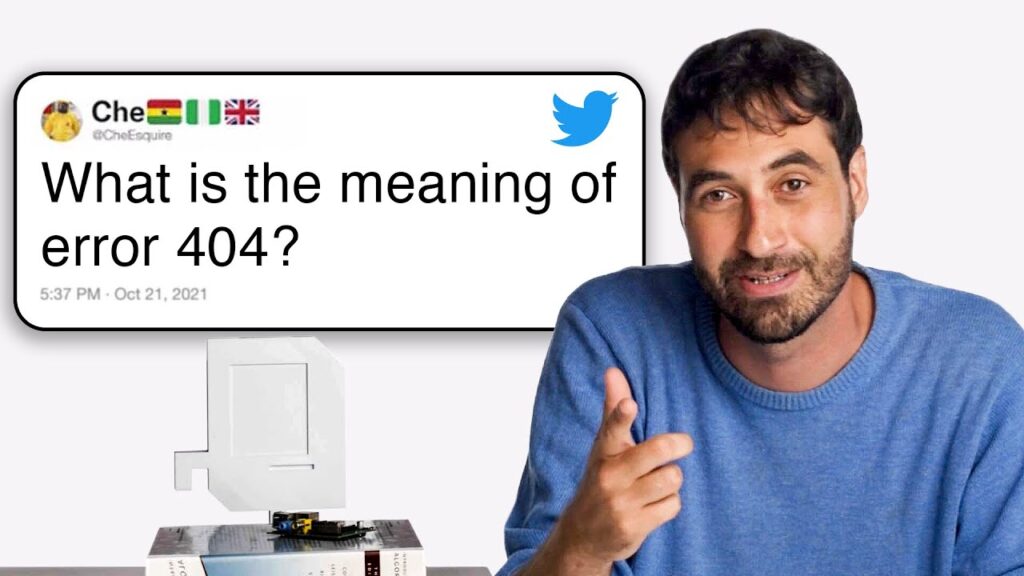Understanding Criminal Behavior: Insights from a Retired FBI Agent
Summary
Jim Clement, a retired FBI supervisory special agent, shares insights on criminal behavioral analysis. He discusses how the FBI’s behavioral analysis unit works and how criminal profiling can help train law enforcement. Clement also talks about two cases highlighting the importance of identifying motive, behavior, and organization level in solving crimes.
Table of Contents
- The Creation of a Serial Killer: Nature versus Nurture
- Analysing A Double Homicide Case
- The DC Sniper Case
- Criminal Behavioral Analysis: Identifying Motive, Behavior, and Who
Introduction
Criminal behavioral analysis is an essential tool used in solving many cases across the country. The FBI’s behavioral analysis unit studies violent and sexual crimes to get insights into the behavior of offenders. Criminal profiling is a crucial aspect of this work. It involves reverse-engineering a crime and analyzing the offender’s victimology, crime location, organization level, and pre and post-defense behavior to determine motive, behavior, and who. In this article, we’ll discuss insights from Jim Clement, a retired FBI supervisory special agent, on analyzing criminal behavior.
Q&A
The Creation of a Serial Killer: Nature versus Nurture
Questioner: Mr. Clement, can you talk about the creation of a serial killer? Is it a result of nature or nurture?
Jim Clement: The creation of a serial killer is a combination of nature and nurture. Most of these offenders have a background of an abusive childhood, whether it’s physical or sexual abuse, neglect, or abandonment. These factors activate certain pathways in the brain that can lead to violent behavior. However, that alone doesn’t create a serial killer. Life experiences, such as rejection, humiliation, or betrayal, can tip the balance and create a perfect storm that leads to serial killing.
Questioner: Interesting. So, what role does criminal profiling play in identifying and stopping serial killers?
Jim Clement: Criminal profiling is an important tool in identifying and stopping serial killers. We study cases of known offenders and their behavior to develop profiles that can help other law enforcement officers identify potential suspects early on. We look at victimology, crime scene evidence, and behavior exhibited by the offender to determine their motivation for killing. The goal is to identify suspects before another killing occurs.
Analysing A Double Homicide Case
Questioner: How do you analyze a double homicide case that appears to be a result of a drug deal gone wrong?
Jim Clement: In analyzing such cases, we always start by looking at victimology, the crime scene, and any forensic evidence left behind, such as DNA or fingerprints. In the case of a double homicide, we look at who might have been the primary target and why the other person was present. If drugs were involved, we look at the amount of drugs found, packaging, and any paraphernalia at the scene. We also look for any pre and post-assault behavior exhibited by the offender.
Questioner: Can you provide an example of a case you worked on?
Jim Clement: Sure. In a double homicide case, we found $11,000 in cash, drugs, and a powdery substance at the scene. The forensic evidence suggested drug trafficking, but the fact that they were left behind implied a level of immaturity in the offender. We also discovered letters scrawled on the floor, which could indicate a person or motive involved in the crime. However, further investigation is needed to determine if they were left by the dying victim or staged to misdirect investigators.
Questioner: Were suspects identified in this case?
Jim Clement: No, suspects were not identified at the time of the investigation. But the analysis of victimology, crime scene, and behavioral evidence helped us develop a list of potential suspects.
The DC Sniper Case
Questioner: Can you talk about the DC Sniper case and how the behavioral analysis unit helped solve it?
Jim Clement: The DC Sniper case was a high-profile case that involved a longer spree that started in Washington state and spanned the entire country. The offender appeared to have police or military training and was highly sophisticated. But there were clues left behind that hinted at a decompensating offender. One of the clues was a tarot card left at the scene. The analysis of this card helped us develop a profile for two African American snipers, one in his mid-40s with experience and the other a teenager being controlled through sexual victimization. The profile broke the previous profile of a lone white male sniper in his 40s or 50s with a specific grudge. This was groundbreaking in criminal behavioral analysis.
Questioner: How did you develop this profile?
Jim Clement: We developed the profile by analyzing the crime scenes left behind by the offender. We looked at the location of the shooting, the type of gun, the victimology, the time of day or night, and any other behaviors exhibited by the offender. We also looked at forensic evidence left behind, such as DNA and fingerprints. The goal is always to establish behavioral patterns that give us insight into the offender’s motivation, organization level, and behavior.
Criminal Behavioral Analysis: Identifying Motive, Behavior, and Who
Questioner: In conclusion, can you talk about how criminal behavioral analysis has helped solve many cases across the country?
Jim Clement: Criminal behavioral analysis is a valuable tool in solving many cases across the country. By analyzing the behavior of the offender, we can determine their motive, behavior, and organization level, which ultimately leads to identifying who committed the crime. This information can be used to develop profiles that can help law enforcement identify potential suspects early on. Criminal profiling is not a perfect science, but it has undoubtedly helped solve many cases that would otherwise go unsolved.
Conclusion
Criminal behavioral analysis is a crucial aspect of solving crimes, and the FBI’s behavioral analysis unit plays a significant role in training law enforcement. Understanding the behavior of offenders, analyzing victimology and crime scenes, and looking for forensic evidence can provide insights into the motivation, behavior, and identity of those who commit crimes. By using criminal profiling, we can develop a profile of potential suspects that can help law enforcement identify them before another crime is committed.







